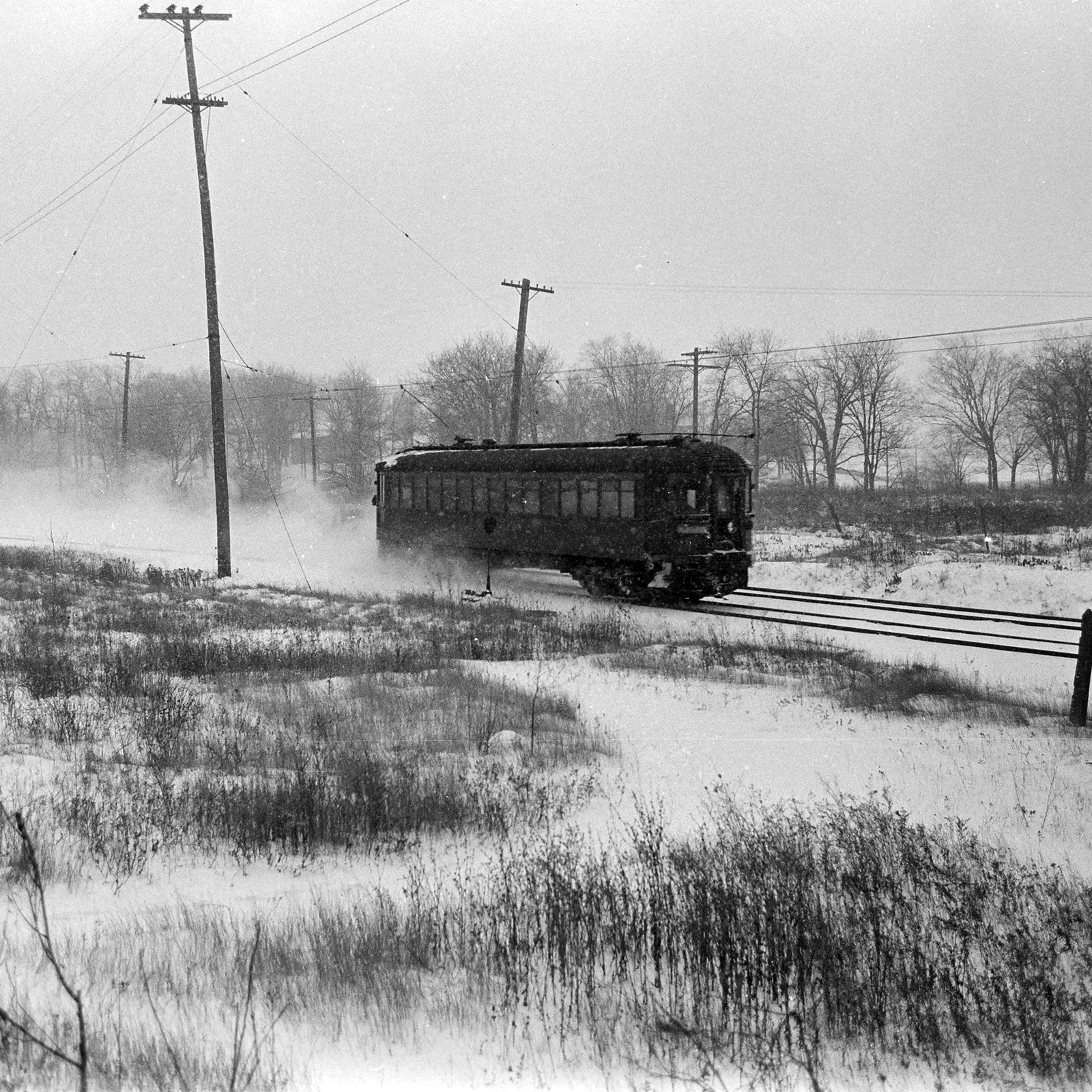
History is dotted with failed enterprises, especially failed railroads. During the 19th and early 20th centuries, as railroads began to crisscross the nation, hundreds of routes were proposed but never built. Sometimes, when they were built, they fell far short of the lofty goals outlined in their names, so they rebranded themselves to reflect their new reality. The Flathead Valley has had its fair share of never-to-be-built rail lines. At one time, the Great Northern Railway considered building a line south along Flathead Lake to connect with a route coming up from Missoula (it’s unclear if the GN was serious about this or if local Kalispell newspaper editors liked the idea so much that they promoted it as if it were a sure thing). Another rail line never built was the Chicago, Milwaukee, St. Paul & Pacific’s (often just called “The Milwaukee Road”) plan to connect the Missoula area with Polebridge by way of the Seeley-Swan Valley.
But perhaps the greatest Flathead railway building flop was the proposed Flathead Interurban Railway. While railroads like Great Northern and Milwaukee were primarily built to haul freight, interurban railways predominantly carried passengers and were almost always powered by electricity. In the early 20th century, electric interurban railways were all the rage in the United States, especially in the Midwest and California. In 1900, there were approximately 2,100 miles of interurban track in the country; by 1916, there were more than 15,000 miles.
Electric railway fever arrived in the Flathead in December 1909 when the Whitefish & Polson Electric Railway filed articles of incorporation with the county clerk. Over the next year, the railway’s backers quietly tried to build support for their endeavor, but a deep dive into the local newspaper archive shows that the keyword there is quiet. Whatever progress was made by the Whitefish & Polson group was quickly overshadowed by a new group calling itself the Flathead Interurban Railway. That line proposed not just a mainline route but branches that would connect all of the valley’s communities, including Whitefish, Kalispell, Somers, Stoner (Lakeside), Creston and Bigfork. On Oct. 30, 1911, a grand groundbreaking ceremony was held in Kalispell at the Flathead County Fairgrounds. While the Kalispell mayor served as the master of ceremonies, the man who spoke the most was the interurban railway’s mastermind, David R. McGinnis. The railroad’s promoter spoke at length about how the route to Whitefish was already surveyed and how much of the needed land was already in hand. He spoke even more about how an investment in the interurban railway (he needed about $50,000 to make it happen) was a sure thing. “He made the statement that the investors in the bonds at the present time were safeguarded beyond doubt and that their money would always be good,” the Whitefish Pilot reported under the confident headline “The Electric Line a Sure Thing.” McGinnis went so far as to even promise that “under no circumstances could the investors lose.”
Over the next few months, the Flathead’s newspapers reported on the interurban railway’s progress in lining up financial support and how it would be laying down rails in a matter of days or weeks. In April 1912, the voters of Kalispell decided to give the Flathead Interurban Railway exclusive franchise rights to operate in town while rejecting a similar offer from the old Whitefish & Polson group. A month later, the Calgary Harald reported that none other than David R. McGinnis had reached out to city officials there to see if he could get their support to extend the electric railway all the way to Alberta’s largest city. It was an extension that could have made the Flathead line one of the longest interurban railways in all of North America.
But not long after that item about the Calgary extension was published, it seems as if the steady stream of news about the Flathead Interurban Railway slowed to a trickle. And despite more than a year of buzz for the railway around the community, not one stick of rail had ever been spiked down. While it seems every newspaper in the area praised McGinnis and his ideas, there was one who raised a questioning eyebrow shortly after that grand groundbreaking back in October 1911. The editor of the Dayton Leader knew a scheme when he saw it and wrote just that under the headline, “Is the Interurban Railway Line a Reality or a Mere Cyclone Cloud.”
“The way the scheme is being worked, it does not appear that D.R. McGinnis, the greatest wind-jammer of them all, is investing a dollar more of his ‘great wealth’ than will be sufficient to draw in suckers,” the editor wrote, before giving the promoter a little bit of praise. “However, we will give him credit for having planted the seed from which something of great utility to the public may result. That Kalispell needs a system of interurban lines everybody must admit, and it would be a source of both profit and pleasure to all the hamlets surrounding that beautiful city.”
Alas, that railway of great utility was never built, and the Flathead Interurban Railway joined the long list of failed dreams.